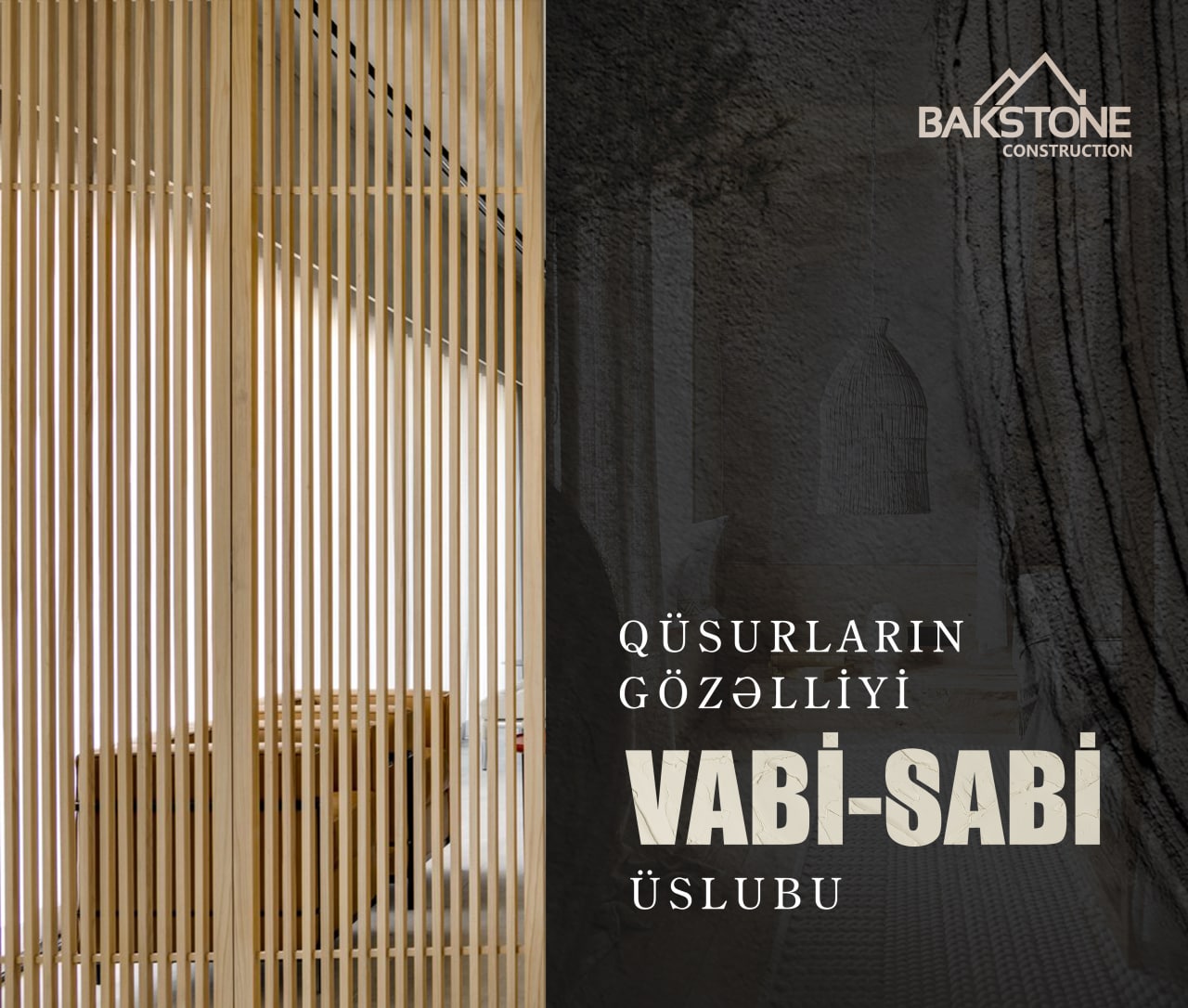
Wabi-Sabi is a difficult term to define, with a diverse history. It is a combination of two words whose meanings overlap. Wabi was originally referred to as oneness with nature, while Sabi refers to imperfect beauty.
It is a Japanese philosophy that dates back to the 15th century. This philosophy actually emerged as a reaction to various trends based on the lavish portrayal of interior design – it was against trends that focused on heavy ornamentation, detailing, the use of rare and often not environmentally friendly materials.
It is a concept derived from the three signs of existence of Buddhist teaching - impermanence, suffering and emptiness. This aesthetic of "imperfect beauty" combines the true nature of materials and asymmetry with a slow-living approach.
These truths tell us the ultimate truth - nothing lasts forever, nothing is complete and nothing is perfect.
Wabi sabi philosophy and principles represent a quest beyond materialism and prefer minimalism as a conscious choice.
Wabi-Sabi is much more than a design trend. There are seven aesthetic principles to keep in mind when embarking on this new lifestyle. These are Kanso or simplicity, Fukinsei or disorder, Shibumi or understated beauty, Shizen or natural, Yugen or subtle grace, Datsuzoku or freedom, and Seijaku or serenity.
True art is to bring together these principles, which will bring great benefits to aesthetics, health, lifestyle and the environment, in all areas of life. Most importantly, Wabi-Sabi helps us strengthen our relationships with ourselves, the planet, and the food we eat.
Wabi-Sabi represents everything that is not today's technology-driven, mass-produced, luxury culture. It celebrates the existence of farmers' markets rather than malls, with textured and aged wood for smooth laminates and coarse cotton for silk. The Wabi-Sabi thought process is about healing imperfections. It has to do with the ability to understand the raw beauty of a dull and cloudy landscape, or the beauty of an abandoned warehouse or shed. All the texture, scratches, cracks and crevices of any object or material has the ability to tell its own story. Learning to explore this story and honor flaws is to discover true Wabi-Sabi.
There is a certain reassuring calm that comes with Wabi-Sabi values. Wabi-Sabi as a design term encompasses linearity, cleanliness, simple silhouettes, materials in natural form and organic masses.
Materials that age over time add character to living spaces while telling the story of each material. The texture and patina make them uniquely imperfect and 'perfectly imperfect' is impossible to predict. The style derives from an overwhelming appreciation of nature. Interiors with organic life, shapes, silhouettes, textures and masses are the perfect way to channel Wabi-Sabi.
Authenticity is a key concept for Wabi-Sabi, so organic materials and colors play an important role in achieving this. Wabi-Sabi colors are meant to transform spaces into calm and harmonious atmospheres that focus on naturalness.
Our specialists will call you back within 15 minutes to consider your request.